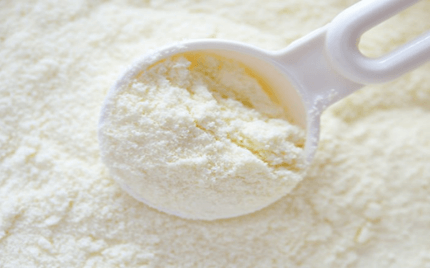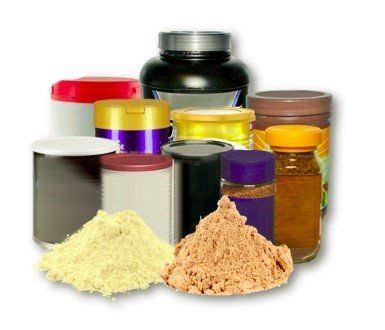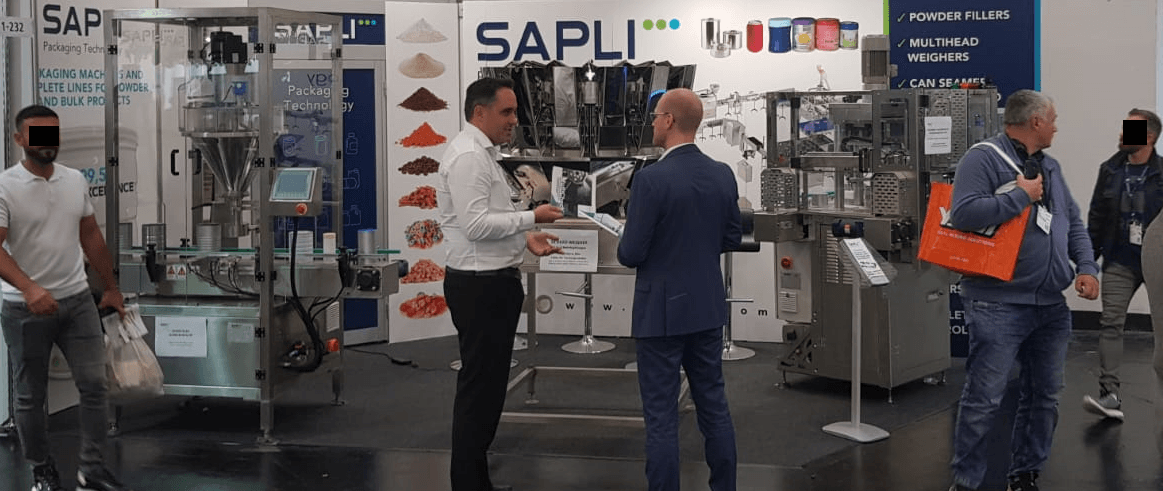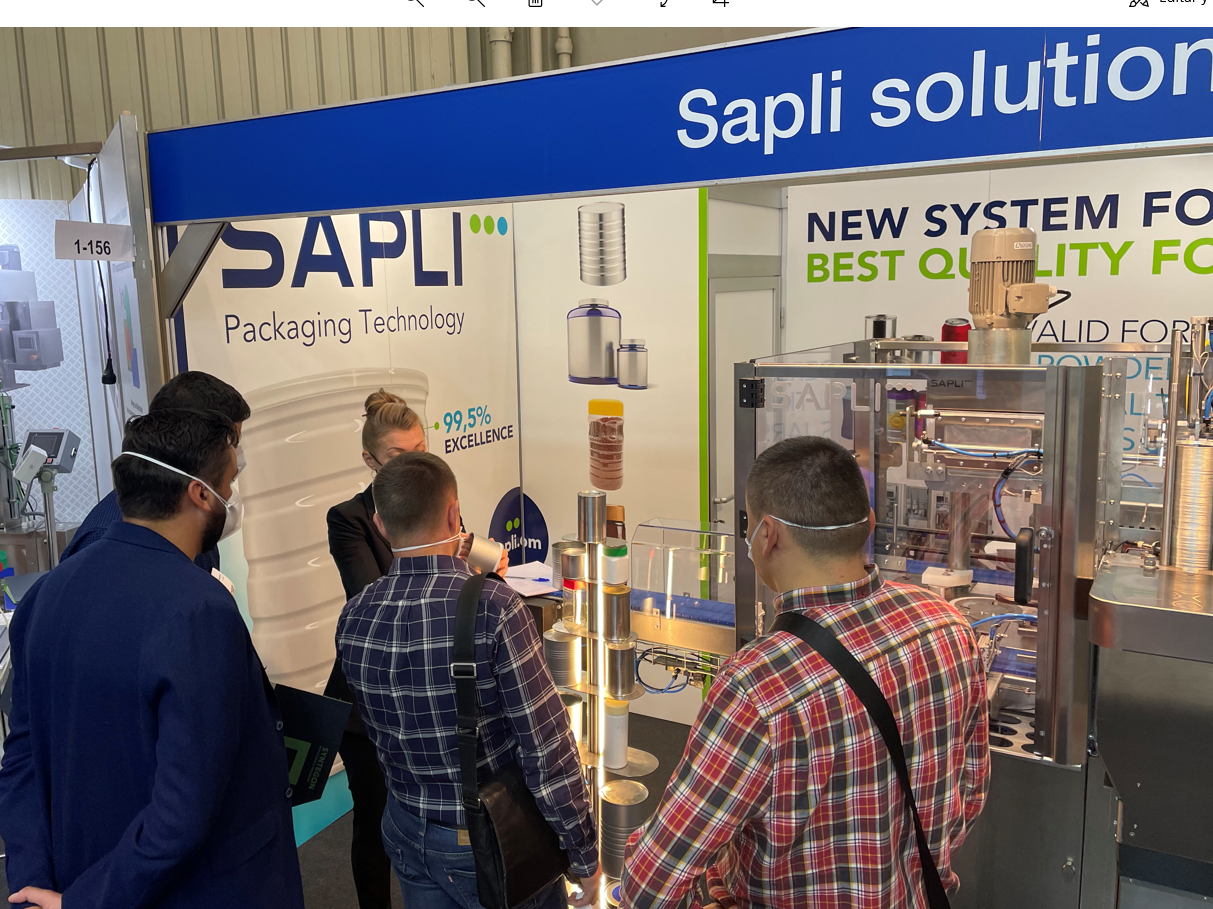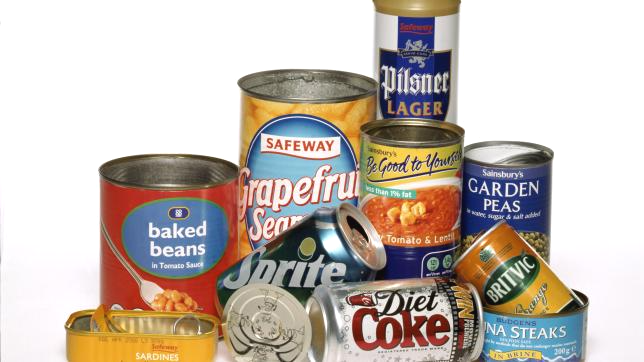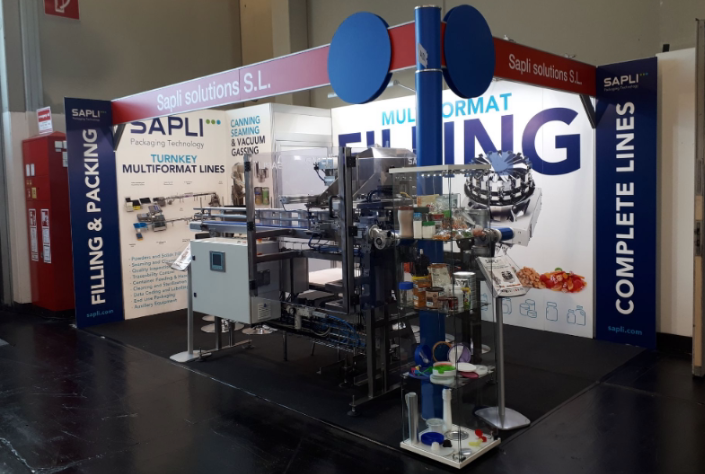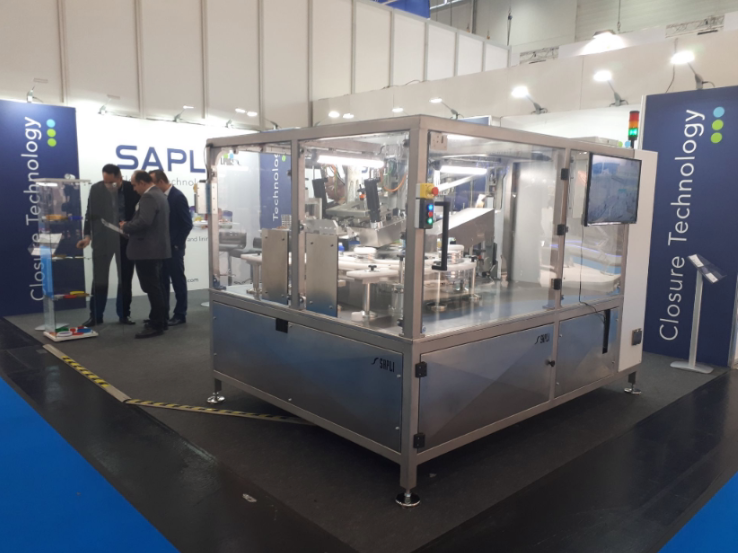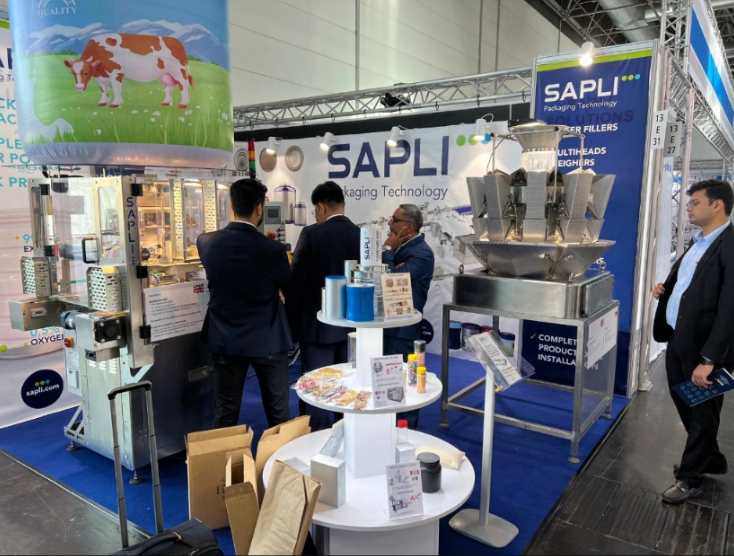REVOLUTIONARY EQUIPMENT FOR METAL TIN PACKAGING WITH MAP
REVOLUTIONARY EQUIPMENT FOR METAL TIN PACKAGING WITH MAP
Whole milk powder
WMP consists mainly of whey proteins, caseins, milk fat, and lactose. The physical processes, involving mainly milk fat and lactose, together with chemical reactions, have the ability to reduce the shelf life of WMP and other dry products based on milk powder. These other products include infant formula and instant powders for coffee, cocoa, and chocolate-flavored beverages. Long-term storage of milk powder affects the nutritive value, mainly due to loss of lysine, and the sensory qualities of the reconstituted milk, as well as the functional and physical properties that are so important for the use of milk powder as a food ingredient.
Three deteriorative reactions determine the shelf life of milk powder in practice: lactose crystallization, lipid oxidation, and Maillard reactions (nonenzymic browning).
The basic properties that determine milk powder quality, and where defects mainly appear, include powder structure, solubility, water content, scorched particles, flowability, oxidative changes, flavor, and color.
So, how to extend shelf life of milk powder and especially of infant formula? What form of packaging is more suitable for their preservation? Which system offers the best solution?
First, the role and importance of packaging
In the process of processing, storage and handling, milk powder and infant formula milk powder will have some unfavorable effects on nutrients in varying degrees. Packaging separates infant formula from the surrounding environment, thereby eliminating the effects of environmental factors (oxygen, humidity, light, temperature and microorganisms) on the milk powder, and avoiding physical and chemical changes in the nutrient contents. To ensure that the milk powder is in product circulation links with stable quality, extend shelf-life and storage-life of milk powder.
Stable and beautiful packaging can increase the value of infant milk powder to consumers with a sense of hygiene, nutrition, taste and sense of security. Thereby enhancing the value of the milk powder, effectively promote the sale of milk powder.
For example, metal cans infant milk powder packaging is the mainstream packaging of infant milk powder in market, but also a packaging form of exclusive high-end brand.
Second, the role of storage of nitrogen packaging
Powdered milk, especially baby food, is a highly sensitive product. To extend shelf life, it is important to displace oxygen from the Package by evacuating air and filling with clean nitrogen with low residual oxygen. Nitrogen, accounting for 78% of the volume of air, exists in air as an elemental substance and is inexhaustible. It is a colorless, non-toxic and tasteless inert gas.
The cans are mostly filled with nitrogen when packaging, segregated the milk powder direct contact from the oxygen in air, to prevent the oxygen and infant milk powder direct contact caused by with oxidation, fading, corruption and a variety of mold, bacteria, thus ensuring the freshness of infant milk powder, extending the storage period of infant milk powder. Therefore, the level of residual oxygen in the cans is essential, to prevent oxidative deterioration of milk powder due to excessive levels of oxygen.
Third, revolutionary solution from Sapli
Sapli, a Spanish company located in Girona, developed a MAP canning system especially for powdered products that require a high level of quality for final consumer and a long shelf-life of the product for the manufacturer. For example, for infant formula, coffee, snacks and others.
Sapli, offers the unique on the market and patented solution for modified atmosphere (MAP) - highly-efficient cans seaming system, developed specially for maximum reduction of vacuum gassing and sealing cycle and achieving reduced and optimal level of oxygen inside the can (around 0.5-1%).
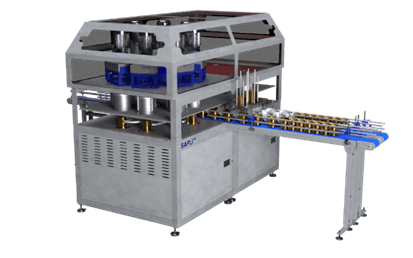
SAPLI designs and manufactures a wide range of machines for powdered and solid products, mainly for the food industry. From 1978 till today, a lot of SAPLI's complete lines are working around the world. SAPLI designs, lay-out and install complete lines to fill, seam and pack powdered products into rigid containers (glass jars and bottles, aluminum cans and metal cans, plastic jars and bottles) and flexible packaging (sachets, doy-packs). The container volumes range from 30 to 2000 ml for a production capacity up to 600 cans per minute, or even more.
SAPLI helps the customers to develop their project from very first steps offering a wide range of services
Sapli substitutes the existing air in the can and in between the powder particles for N2 and CO2 with the best solution existing in the market.
Sapli also has added-value solutions to most of the production steps and they all result into one or several of the below mentioned advantages:
- Best quality packaging
- Low consumption
- Best return of investment
- Ergonomic design of production and maintenance tasks







